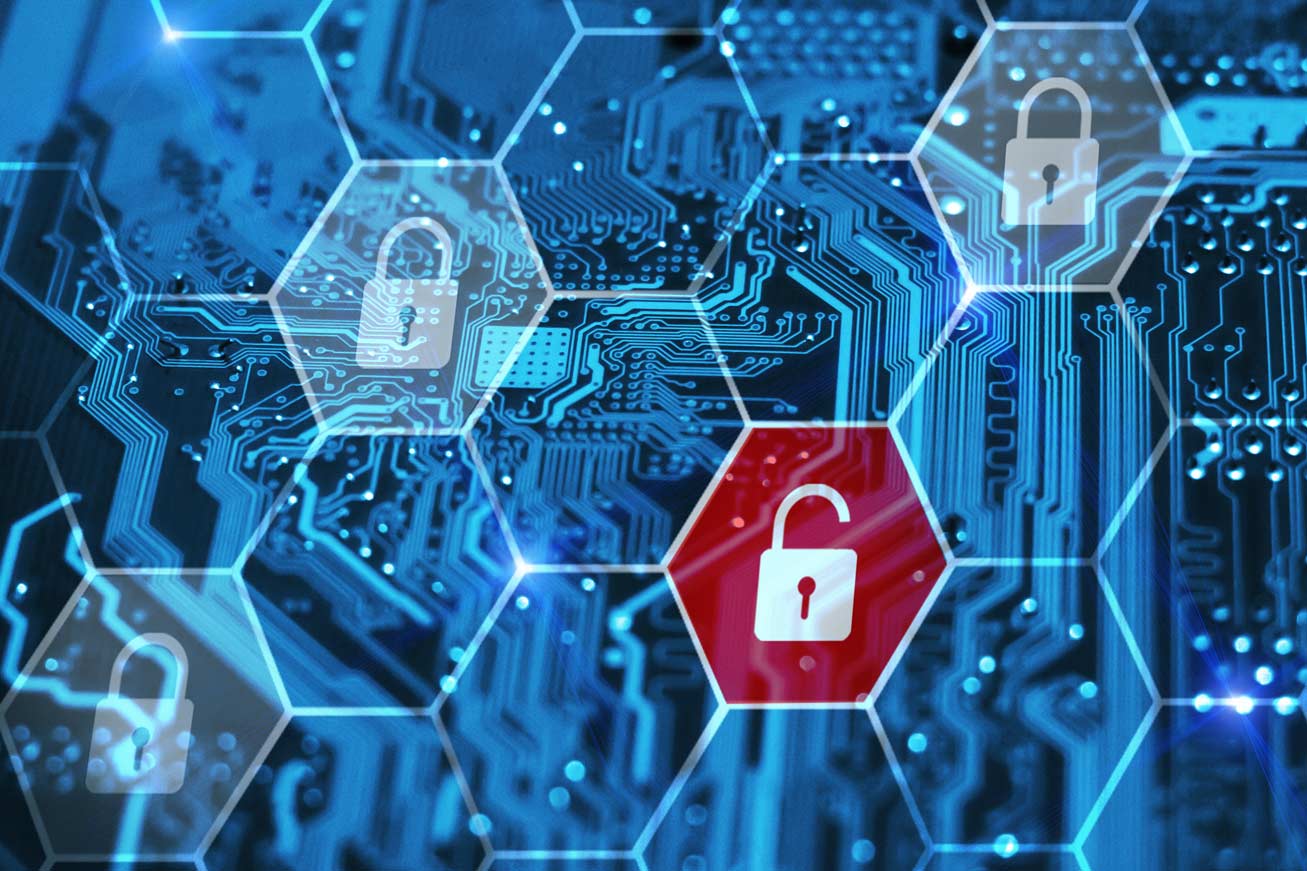Cybersecurity Risks to Watch Out For in 2023

The digital revolution is a major factor in the uptick in businesses adopting new and improved cybersecurity measures. Whether small or large, corporate or government, organisations’ increasing reliance on computerised systems to manage day-to-day operations and activities has made cybersecurity a primary tool to safeguard digital data from cyberattacks.
As data breaches, ransomware, and hacking methods evolve, so, too, do cybersecurity measures. Here are some cybersecurity threats we can prepare for in 2023.
Automotive Hacking
The 21st-century car does more than just get you from point A to point B. It is on the cusp of becoming something we used to think existed only in sci-fi movies. Self-driving cars, computerised safety systems, and mobile device linking have opened the door to a myriad of possibilities.
But with great technological advancements in the automotive industry come more serious cybersecurity threats. There is nothing for cybercriminals to hack in, say, a 1985 Toyota Corolla LE, but a 2022 Honda Civic full of artificial intelligence-powered systems may be susceptible to a host of digital attacks.
The seamless connectivity between systems in a smart vehicle is mediated through Bluetooth or Wi-Fi technology, which, like any other structure, can have weak spots that hackers could target. For instance, it has been demonstrated that malicious parties can gain control of a Tesla.1 And according to data cited by an executive at cyber exposure solutions provider Tenable, cyberattacks on cars increased to 125% from 2018 to 2021.2
Upping cybersecurity measures to prevent such attacks is the natural course of action. It was reported that Telco Singtel, a Singaporean telecommunications conglomerate, would work with Argus Cyber Security, a global leader in automotive cybersecurity, to create solutions to enable an original equipment manufacturer or fleet manager to issue an over-the-air update to change a vehicle’s software and protect it against potential cyberattacks.3

Risks in Remote Work
In physical offices, computers are often logged on to closed networks fitted with adequate cybersecurity measures to prevent cyberattacks. However, the shift towards a fully remote or hybrid working style these days means many businesses are making it a priority to secure the devices used by employees who work from home.
Using personal devices or connecting to networks that are not secure could leave employees vulnerable to ransomware and other malware. Hackers can remotely install programmes via personal networks, and these programmes could erase valuable information or even overtake the system.
Companies protect their business networks using these methods:
1. Data backups
Backing up business data is highly important as this allows you to recover and retrieve the information you might lose as a result of a cyberattack. It is advisable to use multiple methods to ensure the safety and preservation of your data, and not rely solely on data backups.
2. Security software
Many organisations install security software on linked computers and other devices to prevent an “infection”. Security software generally includes virus and spyware filters to protect vulnerable entry points and safeguard a business’ confidential information.
3. Spam filters
Employees are encouraged to use spam filters to minimise the volume of spam and phishing emails they receive. These malicious emails, which may be disguised as get-rich-quick schemes or promise rewards that are too good to be true, or even contain threats, can infect a device with viruses and malware.
Clicking on links in these emails could lead to employees’ personal information and sensitive organisation data being leaked, and the risk of malware compromising devices connected to the same network.

Protect Your Smart Home
The number of smart homes worldwide is expected to increase to 478.2 million by 2025.4 A major draw of smart homes is their ability to integrate devices linked to the same private network and do everything from turning on the lights to monitoring entry points when the homeowner is away.
This home-based “Internet of Things” boasts ease of use and accessibility, but it can be targeted by cyberattacks if not properly secured. Potential threats to the system include the hijacking of remote access to smart devices like lights and televisions, the unlocking of devices connected to the network, and the undetected live streaming from smart cameras.
Your Wi-Fi network can be vulnerable to attacks due to weak or default service set identifiers (SSIDs), passwords that are easy to crack, and weak encryption protocols. Default credentials may allow for hacking via your router with little to no effort, but strong passwords add a good layer of security.
Most Wi-Fi routers use WEP (wired equivalent privacy), WPA (Wi-Fi protected access), or WPA2 security protocols. The weakness of WEP is the small size of its initialisation vector, which causes certain parts of its script to be repeated. This repetition makes it more vulnerable compared with a privacy protocol like WPA or WPA2, which has longer, more unique lines of script.

Lead the Cybersecurity Charge
Our personal information is everywhere – in government records, social media databases, corporate files – and cybersecurity professionals’ work ensures this data is kept secure. On the business front, these experts prevent and manage attacks that can compromise a company’s credibility and accountability, and threaten the confidential data of employees, customers, and shareholders.
The massive treasure trove that is data needs cybersecurity professionals like you to spearhead safeguarding and preventive efforts. Take your knowledge and skills to the next level with Singapore Institute of Management’s Graduate Certificate in Cybersecurity Management (E-Learning), designed for those striving for personal and professional excellence.
Schedule a free eligibility check with our Student Advisors today and be part of the cybersecurity vanguard!
References
1 https://fortune.com/2022/05/17/tesla-hacker-shows-how-to-unlock-start-and-drive-off-with-car/
2 https://www.just-auto.com/interview/cybersecurity-a-growing-threat-for-the-automotive-industry/
3 https://www.straitstimes.com/singapore/transport/singtel-to-develop-cyber-security-solutions-for-self-driving-vehicles-with
4 https://www.statista.com/forecasts/887613/number-of-smart-homes-in-the-smart-home-market-in-the-world





